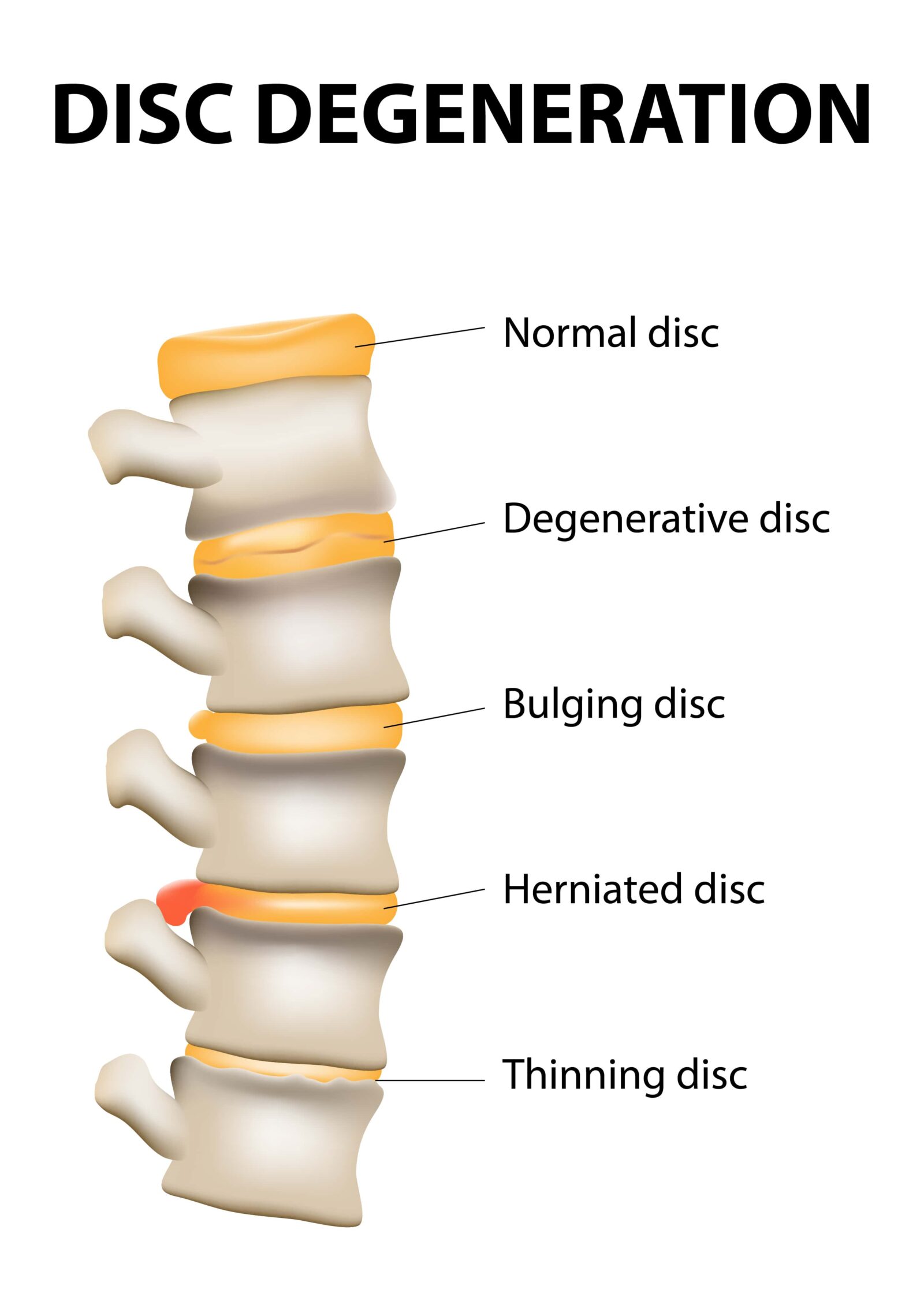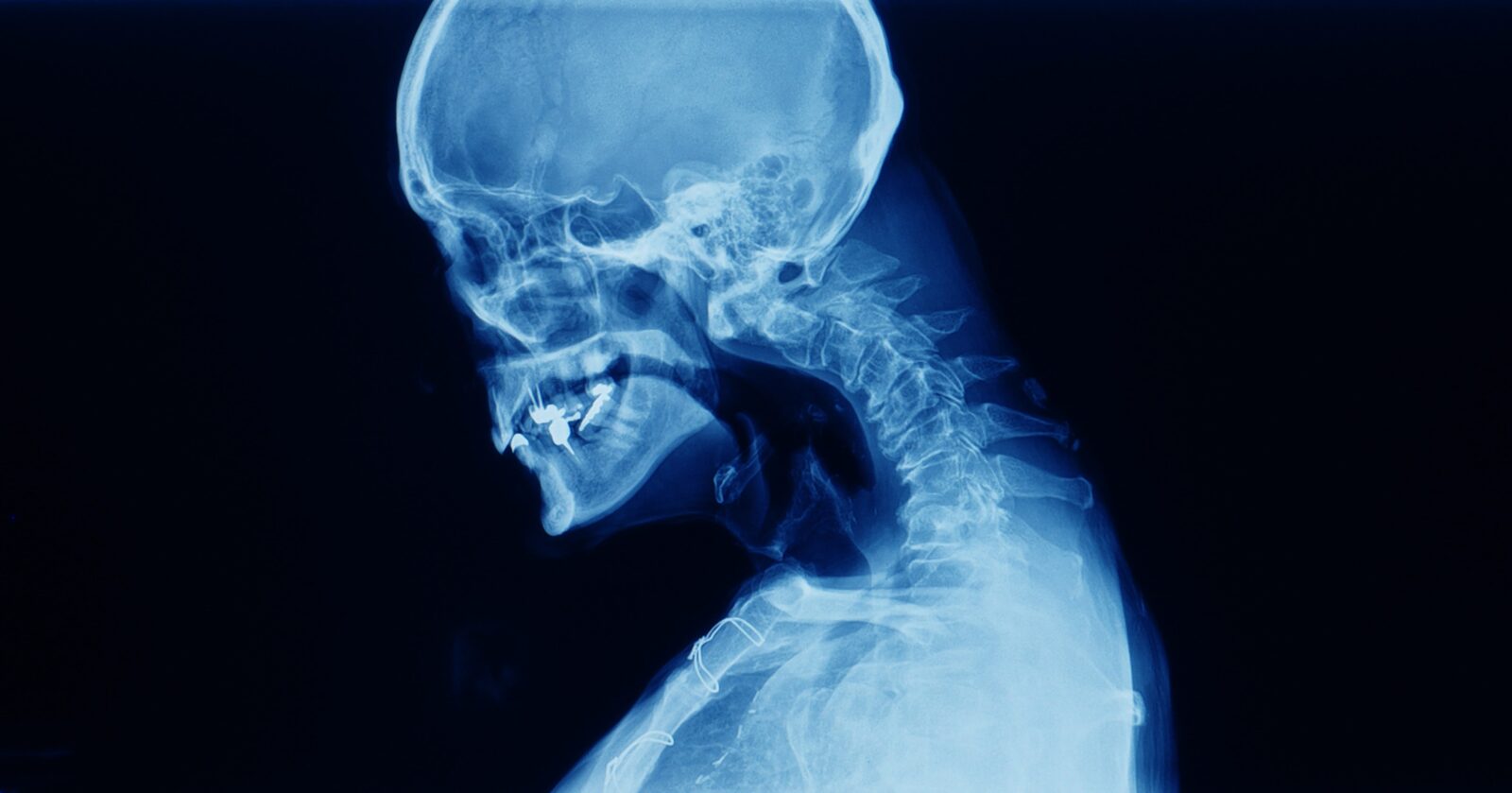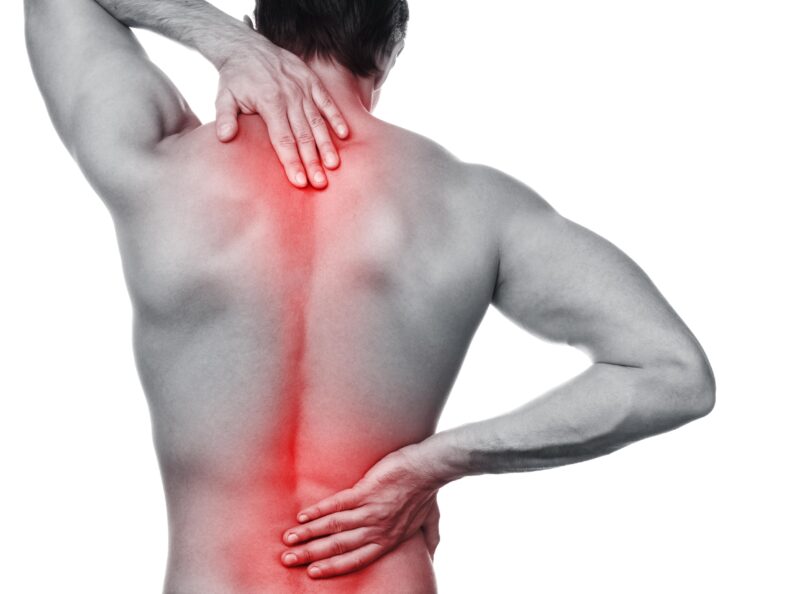Back pain is a common ailment that affects millions of people worldwide. For some, it’s a fleeting discomfort, but for others, it can become a chronic issue that severely impacts their quality of life. In severe cases, individuals may even consider back surgery as a solution. However, surgery is not always the best or only option. In many cases, back pain can be managed or even prevented with non-surgical interventions. Here’s a comprehensive guide on how to avoid the need for back surgery.
Understanding the Causes of Back Pain
Before diving into prevention, it’s essential to understand the common causes of back pain:
Muscle or Ligament Strain:
Repeated heavy lifting, sudden awkward movements, or chronic poor posture can strain back muscles and spinal ligaments, leading to persistent pain.
Bulging or Ruptured Discs:

The spine is made up of vertebrae separated by discs. These discs can bulge or rupture and press on nerves, causing pain.
Degenerative Disc Disease:
As we age, spinal discs can degenerate, losing their cushioning ability. This can lead to pain and other symptoms.
Arthritis:
Osteoarthritis can affect the lower back, hips, and other joints. In some cases, arthritis in the spine can lead to a narrowing of the space around the spinal cord, a condition called spinal stenosis.
Skeletal Irregularities:
Conditions like scoliosis, where the spine curves to the side, can lead to back pain, especially in middle age.
Osteoporosis:
This condition causes bones to become brittle and porous, leading to compression fractures in the spine.
Spondylolisthesis:
This occurs when one vertebra slips forward over the one below it, compressing the nerve roots or spinal cord.
Spinal Stenosis:
A narrowing of the spinal column that puts pressure on the spinal cord and nerves, often due to the degeneration of intervertebral disks and joints.
Myofascial Pain Syndrome:
A chronic disorder where pressure on sensitive points in the muscles (trigger points) causes pain in seemingly unrelated body parts.
Fibromyalgia:
A condition characterized by widespread musculoskeletal pain, fatigue, and tenderness in localized areas.
Chronic Infections or Inflammatory Diseases:
Conditions like ankylosing spondylitis, a type of arthritis affecting the spine, can lead to chronic back pain.
Tumors:
Though rare, tumors can originate in the spine or spread to the back from other parts of the body.
Trauma or Injury:
Past injuries, car accidents, or fractures can lead to the development of chronic back pain.
Lifestyle Factors:
Sedentary lifestyles, obesity, smoking, and improper lifting techniques can contribute to or exacerbate chronic back pain.
Psychological/Emotional Factors:
Stress, depression, and anxiety can influence the perception of pain and may contribute to chronic back pain.
It’s essential to consult with a healthcare professional to determine the specific cause of chronic back pain. Proper diagnosis is crucial for effective treatment and management.
Maintain a Healthy Weight
Carrying excess weight, especially around the midsection, puts additional strain on the back muscles. Maintaining a healthy weight reduces the risk of developing back problems and can alleviate existing back pain.
Exercise Regularly
Engage in low-impact exercises like swimming, walking, or cycling. Strengthening the muscles around the spine provides better support and reduces the chances of injury. Focus on core strengthening exercises, as a strong core can take the pressure off the back.

Practice Good Posture
Poor posture can put undue stress on the back. Whether you’re standing, sitting, or lying down, it’s crucial to maintain a neutral spine position. Invest in ergonomic furniture, especially if you work at a desk for extended periods.
Lift Properly
Always follow proper lifting techniques. For starters, be sure to lift heavy objects with your legs, not your back. Keep the object close to your body, and don’t twist when lifting.
Stay Flexible
Incorporate stretching exercises into your daily routine. Yoga and Pilates are excellent for improving flexibility and strength.
Avoid Prolonged Sitting
Sitting for extended periods can compress the spinal discs. Take regular breaks, stand up, stretch, and walk around.
Wear Supportive Shoes
Your shoes play a significant role in supporting your lower back. Opt for shoes with a good fit and proper arch support. Avoid high heels as they can shift your center of gravity and strain your lower back.
Consider Physical Therapy
A physical therapist can teach you exercises and techniques to improve your posture, strengthen your back, and increase flexibility.
Alternative Therapies
Consider alternative therapies like chiropractic adjustments, acupuncture, and massage therapy. These treatments can provide relief from chronic back pain and improve spinal health.
Stay Informed
Stay updated with the latest research and advancements in back care. Sometimes, new non-invasive treatments become available that can offer relief without the need for surgery.
Consultation
Always consult with a healthcare professional before making decisions about back surgery. Get a second or even third opinion. Surgery should be the last resort after all other non-surgical interventions have been explored.
When Back Surgery is Recommended:
Back surgery is typically recommended when less invasive treatments have failed to alleviate pain or when there’s a clear anatomical problem that surgery can address. Here are some situations when back surgery might be recommended:
- Herniated Disc: If a herniated or ruptured disc is compressing a nerve and causing severe pain, numbness, or weakness, and conservative treatments have failed, surgery might be considered.
- Spinal Stenosis: This condition involves the narrowing of the spinal canal, which can compress the spinal cord and nerves. If symptoms are severe and affecting mobility, surgery might be recommended.
- Spondylolisthesis: This is when one vertebra slips forward over the one below it. If it results in nerve compression and significant pain, surgery might be an option.
- Degenerative Disc Disease: In some cases where a disc degenerates and causes chronic pain that doesn’t respond to conservative treatments, surgery might be considered.
- Spinal Fractures: Traumatic events, such as car accidents or falls, can lead to spinal fractures. Depending on the type and location of the fracture, surgery might be necessary.
- Spinal Deformities: Conditions like scoliosis or kyphosis, where the spine curves abnormally, might require surgical intervention if they’re severe and causing pain or other complications.
- Spinal Tumors: If a tumor is growing on or near the spine, surgery might be necessary to remove it, especially if it’s compressing nerves or the spinal cord.
- Infections: In rare cases, infections can affect the spine. If they don’t respond to antibiotics or other treatments, surgery might be needed.
- Cauda Equina Syndrome: This is a rare but serious condition where the nerve roots at the base of the spinal cord are compressed. It’s considered a surgical emergency, as it can lead to paralysis or loss of bladder and bowel control.
- Chronic Pain: If chronic back pain doesn’t respond to conservative treatments and it’s significantly affecting a person’s quality of life, surgery might be considered, especially if there’s a clear anatomical cause.
It’s essential to note that the decision to undergo back surgery should be made after a thorough evaluation and discussion with a spine specialist or orthopedic surgeon. Surgery is typically considered a last resort after all other treatments have been tried. Additionally, getting a second opinion is often advisable before making a final decision.
In Conclusion
Back surgery is a significant decision and not one to be taken lightly. By adopting a proactive approach to back health, many can avoid the need for such drastic measures. Remember, prevention is always better than cure. By incorporating the above strategies into your daily life, you can significantly reduce the risk of severe back issues and maintain a healthy, pain-free back for years to come.










